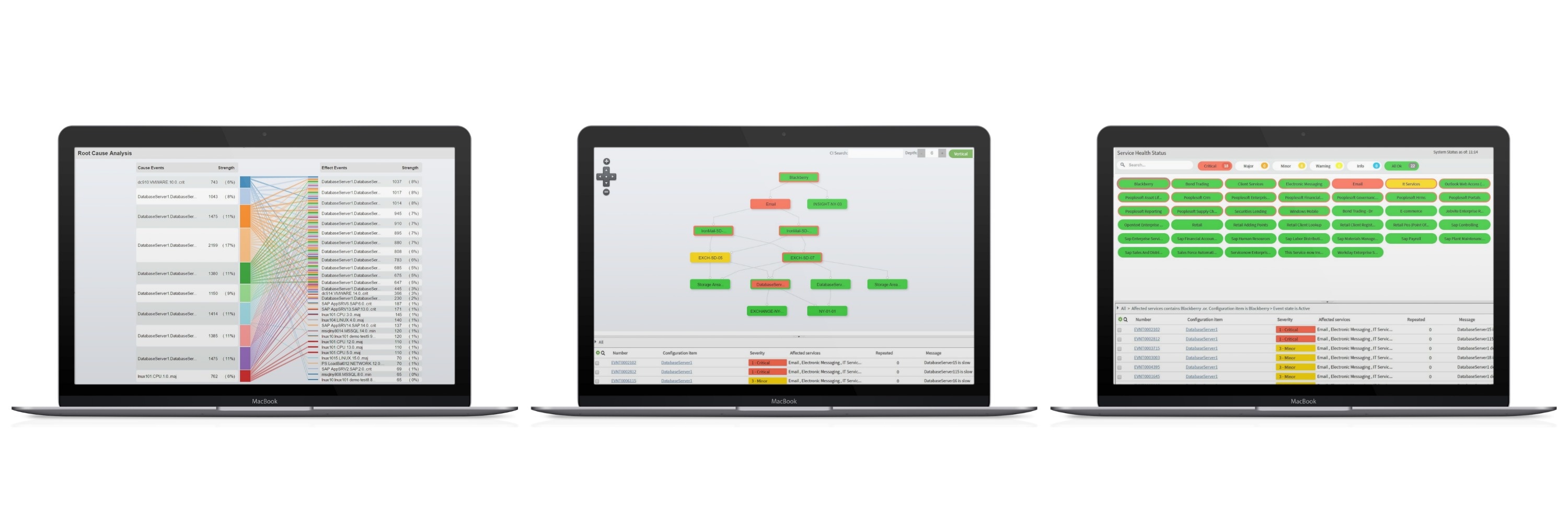
Q: What does Enterprise Monitoring” actually refer to?
A: A lot. It’s a whole ecosystem that needs to be pared down to bite-sized portions, in order to be understandable.
In Enterprise Monitoring 101, we aim to do just that.
Simple Definition of Enterprise Monitoring
Enterprise monitoring is a centralized system or layer that collects, analyzes, predicts, and reports on system performance issues. The basic goals of enterprise monitoring are to:
- Reduce time to repair issues
- Increase application performance and availability
Effective Enterprise Monitoring allows system administrators the ability to do their job more effectively with more intensive, intelligent analysis of their networks.
It includes the following:
- Infrastructure monitoring: There's no getting around the infrastructure. The monitoring of servers and their operating systems (OS) is a proactive discipline defined by established baselines and thresholds for file systems, disks, critical processes, important log files, and ports and patching.
- Network monitoring: No getting around the network, either. This includes end-to-end network monitoring and fault reporting for links and devices.
- Storage monitoring: Storage monitoring provides a complete view of the storage infrastructure, updated in near real-time. These updated views help accurately predict storage-related errors that hurt application performance.
- See also: application monitoring, server monitoring and open source monitoring.
.png?width=1519&name=Unified%20platform%20macbook%20air%20transparent%20(1).png)
Why has Enterprise Monitoring gotten so...sprawly?
Many factors increase the complexity of an enterprise, from rapid growth and quick business decisions to geographic expansion, diversification, mergers & acquisitions, and silos within technical teams. The customary response of adding yet more monitoring systems increases the overall volume of alerts , and blurs our ability to see and understand the signals.
The “More is Better” trend can’t continue. And indeed, it is changing.
Today, It's About Managing Noise
One of the overarching issues for an enterprise manager is noise control. FOMO ("fear of missing out") on an alerts has driven enterprises to overcompensate and over-monitor. Now we regularly see too much monitoring, characterized by an overwhelming number of alarms, alerts, events and incidents with loose routing and lack of genuine prioritization.
Operations Principle: too much monitoring equals no monitoring.
The 2018 Digital Enterprise Journal study 17 Areas Shaping IT Ops in 2018 sums it up best:
“With increasing IT complexity, more data can actually have a negative impact on the performance – unless this data is delivered in a context that is actionable and relevant.”
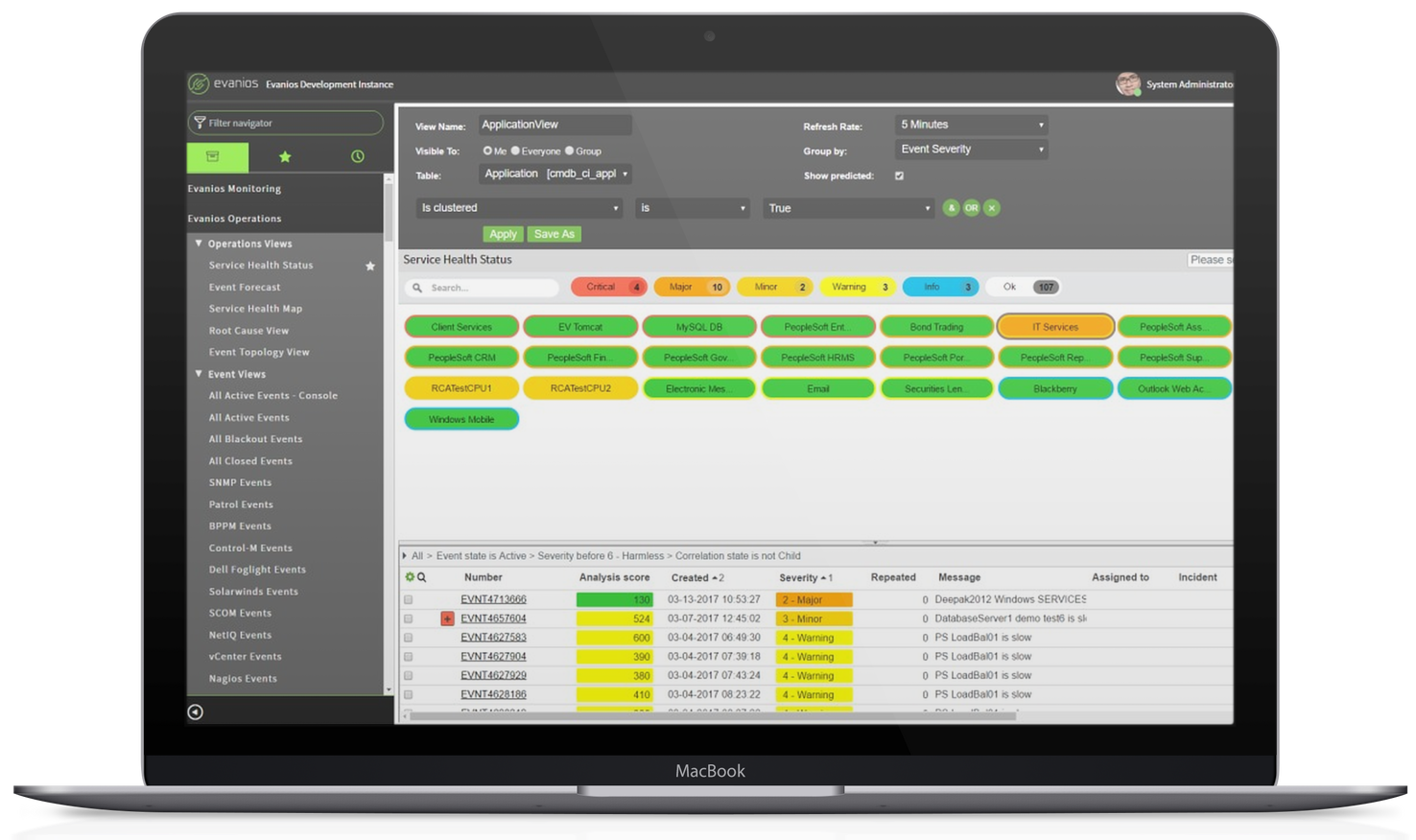
About Alert Fatigue (it’s Real!)
The overexposure to alerts coming from every direction creates “Alert Fatigue” in Ops staff and IT support teams. Thus, all alerts, even legitimate alerts, are ignored because of staff burn out at not being able to order and prioritize incoming alerts.
Everyone is working reactively, which is never efficient, and incidents become managed only when business end users alert IT staff about downtime. That’s a bad place to be, if you are an ITOps engineer or help desk technician.
So, What's the Answer?
Deploy a Platform with an AIOps Monitoring Solution
Every enterprise needs an intelligent, cross-stack monitoring platform that gathers and correlates events from critical applications and the underlying IT environment. It should also empower system admins to dynamically migrate into agile technologies and architectures that scale on-demand (e.g. micro services and micro applications).
Because?
Because it will Move Your Organization from Reactive to Proactive Monitoring
Customary monitoring solutions create silos. IT staff are notified about a problem and need to act to fix. If they’re lucky, the problem will involve just a single component. But it’s still downtime, which is never a good thing.
And if the incident involves multiple components, time to repair may increase exponentially. But proactive enterprise monitoring can help you use the data you collect to predict events before they happen.
Evanios predicts service issues by identifying hidden event patterns that typically lead to outages. The system can also enable automatic remediation, and/or create alert notifications based on your own requirements.
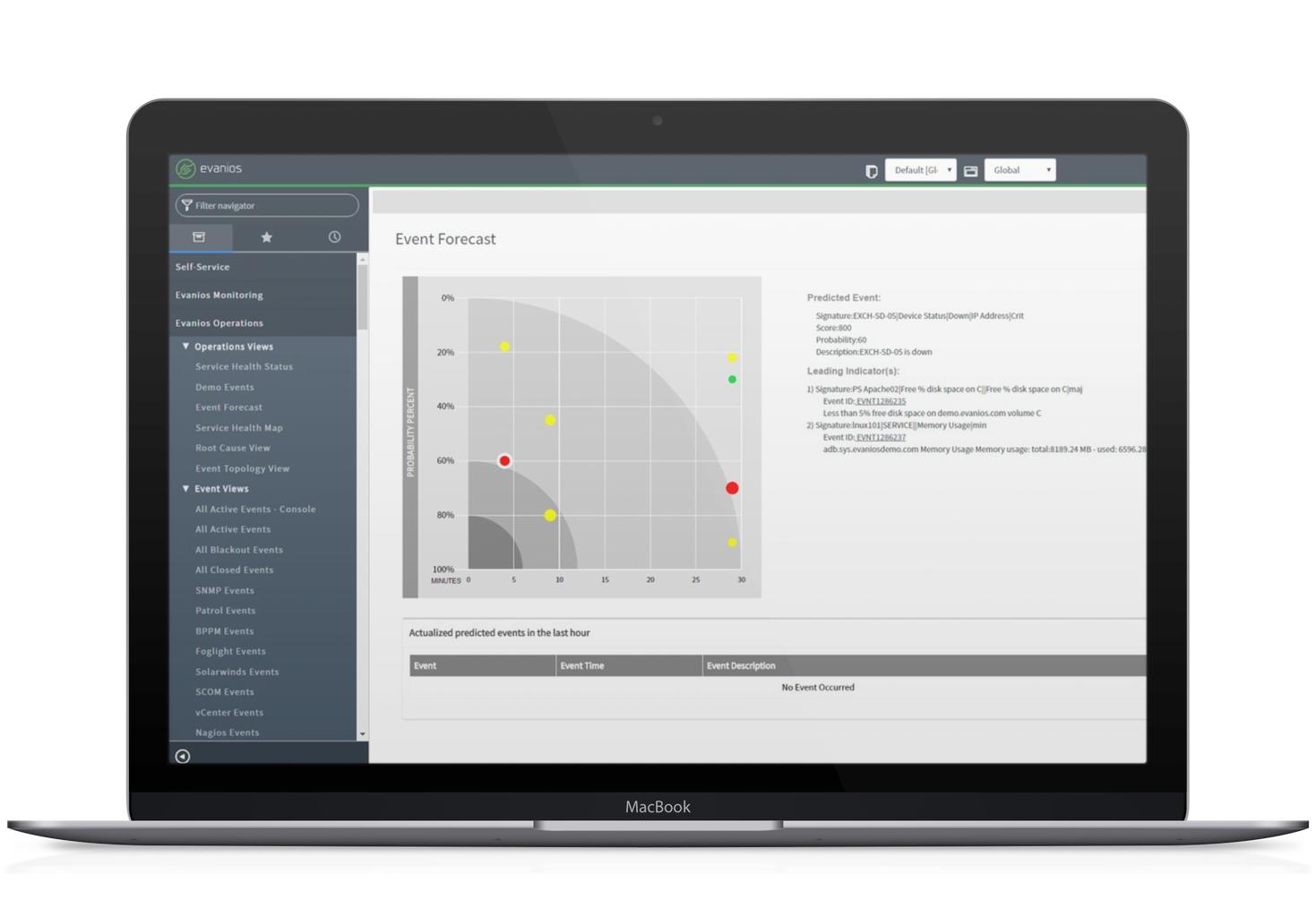
Because You'll get Intelligent Noise Elimination
Evanios eliminates event noise. It normalizes, filters, de-duplicates, and correlates data from multiple sources, applying advanced noise reduction methodologies to reduce event floods into a few relevant, actionable events.
Incidents that create downtime are typically due to issues that have existed for some time (see Alert Fatigue above). There are indicators hidden among the data sets – often those that live outside of the monitoring stacks, such as CMDB relationships, Incident data and Change Management, which are contained in the IT Service Management platform. Proactive detection therefore, relies on integration between monitoring and ITSM process; and it can only be accomplished through machine learning algorithms, which handle context-based correlation.
Because You Need to Prioritize Your Efforts
Evanios also scores every event, to help you put first things first. Using tunable machine learning algorithms, configured logic, historical context, CMDB relationships, predictive traits and impacted relationships, Evanios scoring logic tells you exactly where to spend your time.
Why AIOps Makes a Huge Difference
Customary Enterprise IT Monitoring systems that do not rely on algorithmic IT operations are limited to a narrow contextual awareness in managing alerts and incidents and are none the wiser when it comes to learning and improving on past issues. They also cannot proactively detect situations that may be dangerous (likely to become critical incidents), because they can't see the potential dependencies between apparently unrelated things.
Evanios' AIOps event management adds event scoring, root cause and predictive analytics to traditional event management features such as integration, filtering, correlation, and deduplication. Together, these are the “glue” that connect all enterprise monitoring to a single pane of glass and make it truly useful.
Let Evanios support your enterprise monitoring strategy. Start a free trial of our pre-packaged integrations to monitoring tools like SolarWinds, Oracle Enterprise Manager and Opsview, or contact us for a demo if you would like to see more.









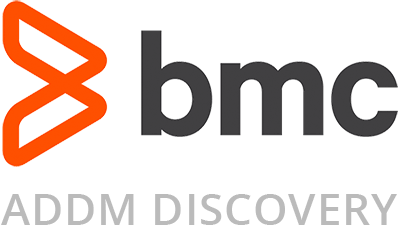
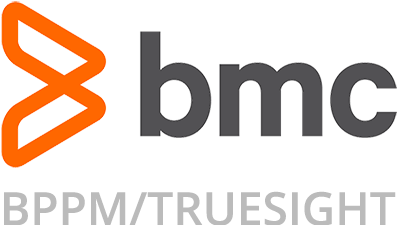
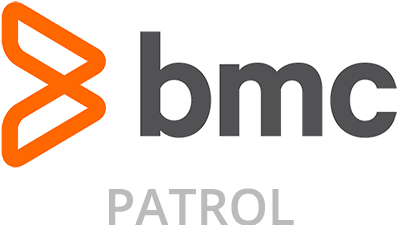
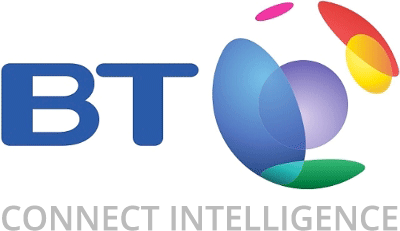
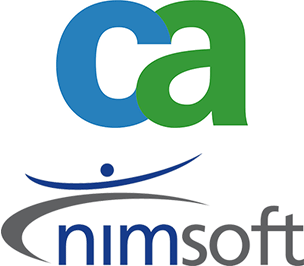





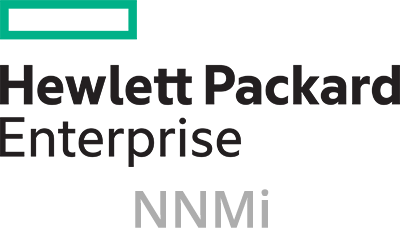
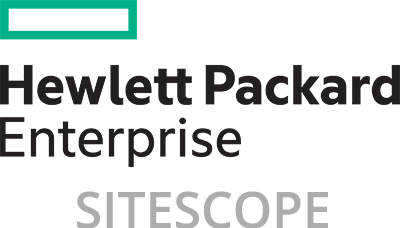
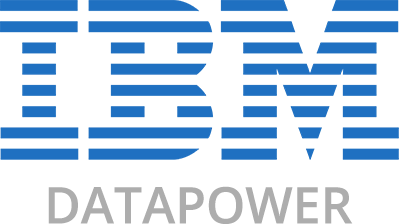


.png)
.png)


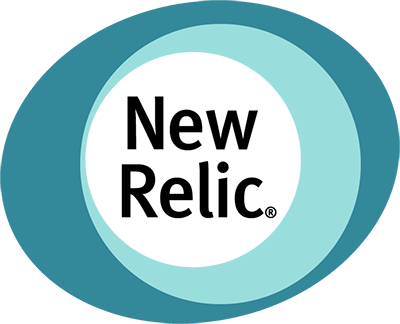



.png)





.png)











